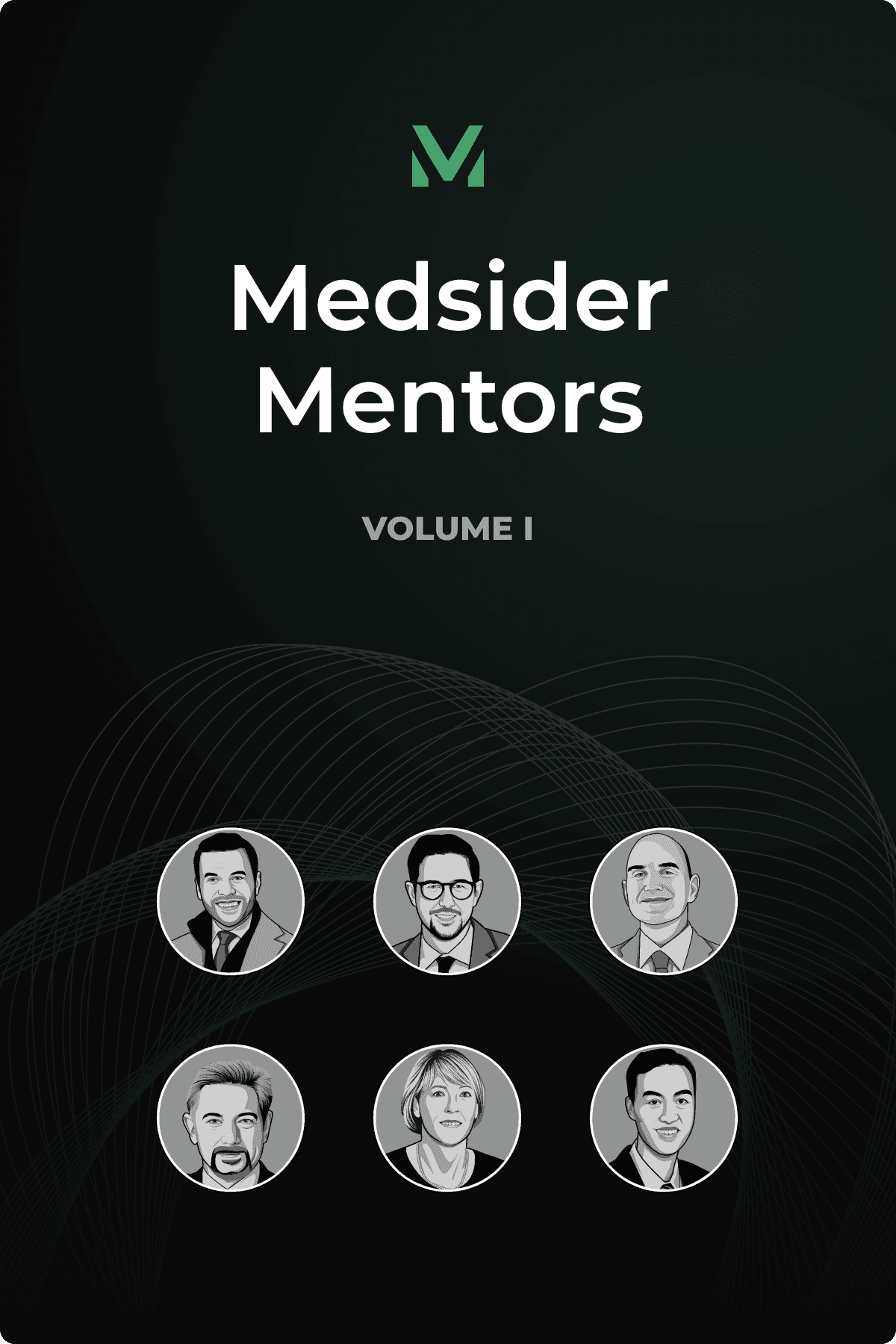Seizing Unexpected Medtech Opportunities
Interview with Ablative Solutions CEO Kate Rumrill

Kate Rumrill, CEO of Ablative Solutions, has navigated a unique path to the C-suite with over 30 years of experience in the medtech and pharmaceutical industries. Initially interested in a career in neurosurgery, Kate’s coincidental foray into toxicology research during her gap year eventually led to her professional future in the medtech space. Her journey is a testament to the power of seizing unexpected opportunities and embracing the twists and turns that often shape our careers.
Kate’s initial work as a pharmaceutical researcher spawned new opportunities, starting with toxicology research and gradually expanding into clinical affairs, medical affairs, reimbursement, and executive leadership. By gaining experience in various industry functions, Kate acquired invaluable insights into strategy and tactical planning and became familiar with the intricacies of both the clinical and commercial aspects of a medical device company.
Kate’s leadership journey includes roles as President and CEO of NeoSync and Vice President, Global Medical Affairs of Covidien’s Peripheral Vascular Division. These experiences helped further refine her expertise in product development, clinical strategy, financial management, and commercial product launches.
Currently, Kate is leading the charge at a clinical-stage medical device startup specializing in transcatheter perivascular alcohol denervation for hypertension treatment.
The company has pioneered the Peregrine System to perform chemical renal denervation using alcohol as a neurolytic agent. Their solution uses a proprietary catheter to deliver a neurolytic agent — alcohol, in this case — into the perivascular space, which sets the device apart from other energy-based technologies in the market.
Key Learnings From Kate’s Experience
Sustained success in medtech requires three ingredients: thorough research, a deep conviction in your technology, and a complete understanding of its potential impact on patients’ lives.
When designing clinical trials, you must take into account the required capital, regulatory compliance, and end-user experience. This involves engaging with the right stakeholders, investors, regulators, and practitioners early on to preempt potential issues and future-proof the trial design.
A comprehensive understanding of your technology's unique landscape is crucial to devising a successful reimbursement strategy. Your plan must be comprehensive and articulate, as investors are interested not just in the technology but in how it will get paid for.
You May Like These Articles
Medsider Premium
Become a premium member and unlock access to exclusive Medsider benefits.



